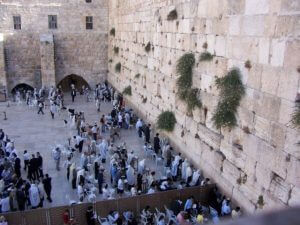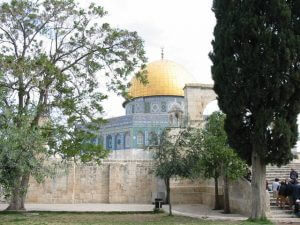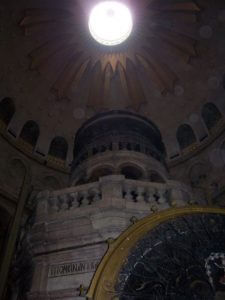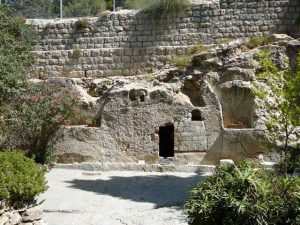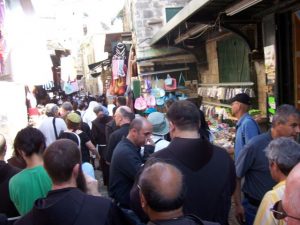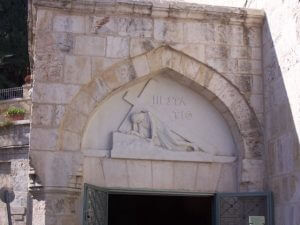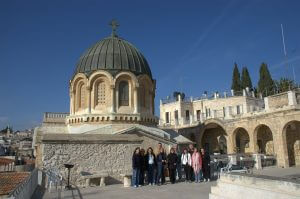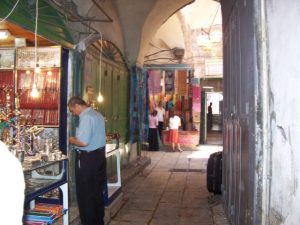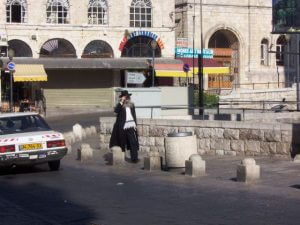WRITERS: MAKE YOUR LANGUAGE POP!
MARGIE LAWSON has a great writing university online. I’ve taken several of her courses. My goal was to attend her Deep Editing weekend in Denver. Now I don’t have to. She is coming to Bellingham March 30. Trust me, if you have a day job, this Master class is worth a day off. For a sample of her instruction and a link to the Chanticleer Conference, click here: Master Class. NB: You don’t have to pay for the whole conference in order to participate in this class.
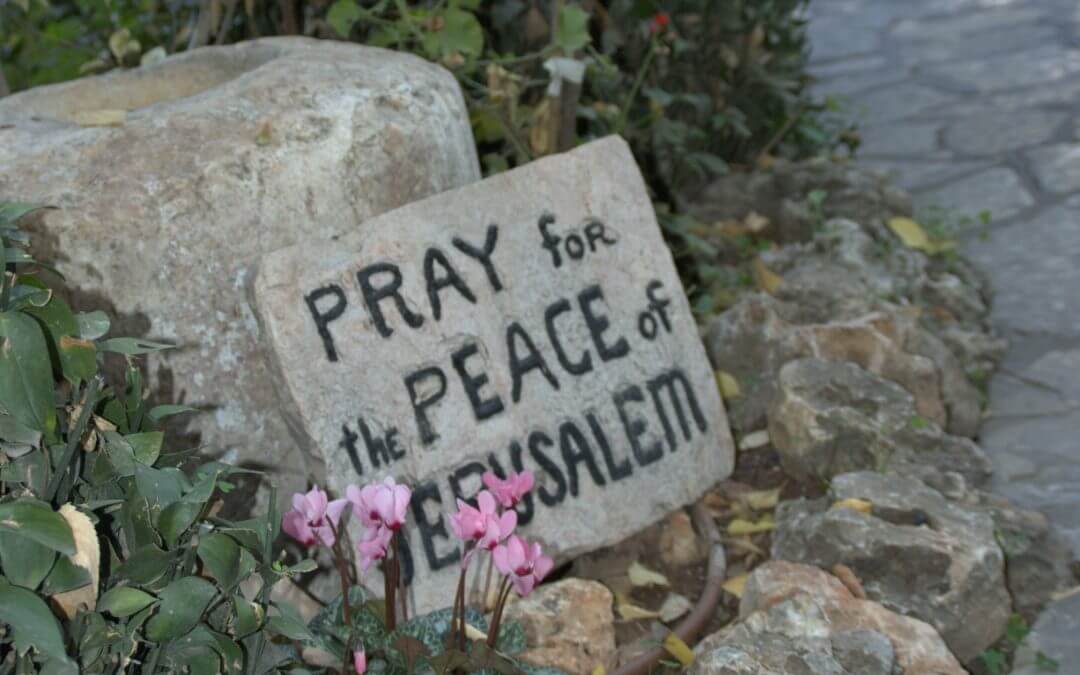
LET JERUSALEM BE JERUSALEM
When I lived in Jordan, I drove the 55 miles to Jerusalem as often as I could. It’s a fascinating city on a hill, and I felt like I had to be there to know it.
Truth and Tension
Followers of three religions, all evolving from the Old Testament, live and worship among each other in the Old City of Jerusalem. Though the Old City is walled, inside there are few physical barriers separating the people. They pretty much flow from one section to the other, though you do need to pass through security to reach the Western Wall and the Dome of the Rock.
The noticeable barriers are mostly tension and mistrust. On my first visit, I was guided by a Catholic priest I met at a Thanksgiving dinner. The next day, he took my husband and me through the public and private areas of the Christian Quarter. The main holy site is the Church of the Holy Sepulchre, managed for the last 160 years, by the Greek Orthodox, Armenian Orthodox, and Roman Catholics and, to a lesser degree, by the Coptics.
As we passed by priests from other denominations on our walk, our Franciscan guide would either smile or grumble. There’s even tension among the Christians.
And where are the Protestants? Outside the wall and down the street at the Garden Tomb, which they believe is where Christ was really buried and rose from the dead.
Tradition
Though the U.S. Embassy warns Americans not to go to the Old City on Friday, it is the most interesting day of the week. And at that time, we didn’t know if we’d ever be back, so we saw it all.
Friday Morning, The Call to Prayer
In mid-Morning the narrow, cobblestone lanes are jam-packed with Muslims returning from the mosques and heading to their shops.
Friday Afternoon, The Stations of the Cross
At 3:00, Christians follow the procession along the Via Dolorosa (“The Painful Way”) where priests explain what happened to Jesus at each station of the cross.
Station I begins near the Lions Gate at the Monastery of the Flagellation. Then proceeds to Station II at the Ecce Homo Convent, where Pontius Pilate gave his “Behold, the Man” speech, and so on.
The Ecco Homo Convent, by the way, is an inexpensive and historically interesting place for tourists to stay—if you don’t mind being blasted awake by the predawn call to prayer next door.
The procession safely winds through the Muslim Quarter—where the men have already opened their shops—and ends at the Church of the Holy Sepulchre.
Friday evening, The Beginning of Shabbat
As the sun sets on the Old City Wall, you will see various sects of Jews, dressed in beautiful, traditional clothing, make their way to Shabbat Services in the Old City. Everyone walks because operating machines is prohibited on the holy days.
The miracle of all this is that these very different people carry out their religious lives every Friday without a hitch. Jerusalem is a beloved place to three religions—though, to me, the tension in the air feels stronger than the love. Still, The Old City right now functions more or less smoothly as a significant world religious capital, and I hate to see that change.
Other T Words
Talk about moving the U.S. Embassy from Israel’s political capital in Tel Aviv to Western Jerusalem is getting louder. Several other countries tried this in the eighties and quickly moved back to Tel Aviv.
It’s a symbolic gesture, the proponents say, and symbolism doesn’t really hurt anyone. Yet, on the heels of the controversial travel ban, this move will be seen as more than a symbol. The world already knows about America’s unflagging support for Israel’s right to exist. So, do we need another symbol, one which will inhibit America’s ability to serve as an honest broker for peace?
Is this “symbolic” move worth the risk of stirring up more animosity and upsetting the current peace, tenuous as it is? Jerusalem is an ancient, historic, and sacred treasure. I say we do everything we can to preserve it.
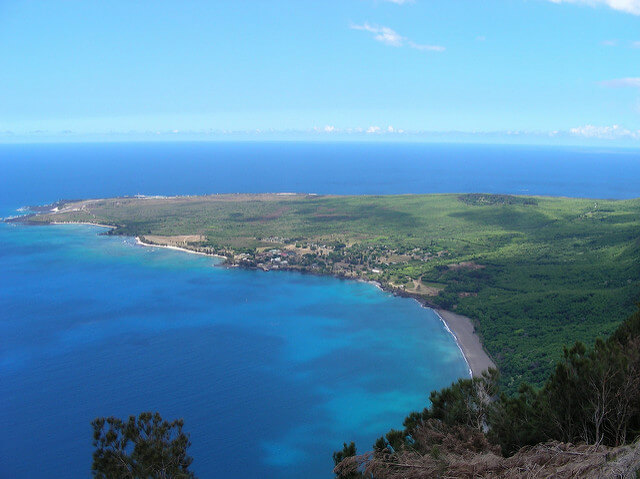
Nonrefundable? Not Necessarily
If you have an issue getting a travel refund, where everyone is saying,”No!” turn to your credit card company.
You Try to Do the Right Thing, But Sometimes …
Regular readers of this blog know that my husband and I spent 2016 on a noble quest: to visit as many National Parks as possible. The last one penciled onto our calendar—in December—was the Kalaupapa National Historical Park in Hawaii.
On a remote peninsula is an old leper colony, from 1886, still housing a remaining few, noncontagious residents.
You learn all about the courageous and loving priest, Father Damian, who managed the colony for 44 years until he eventually succumbed to leprosy, himself. The visit is supposed to be a fascinating and spiritual experience. We were looking forward to it.
After booking our main hotels on Kauai and Oahu a year in advance, we booked our flights in late summer. Our schedule involved a logical progression from Kauai to Molokai to Honolulu. As usual, we planned to book our tours once arriving on the islands.
Because Molokai doesn’t have the best hotel accommodations—the island really belongs to the locals—we planned to rent a car and visit the park in one day. Molokai is small, and our map showed the National Park as not that far.
What! You Can’t Drive to Kalaupapa?
When we researched rental cars, we learned that you must hike or take a tour to Kalaupapa.
Several companies offer all-day mule trips, or you can hike downhill (and back) about 1,700 feet in elevation. The warning says a person must be physically fit because the single trail is treacherous and rated as Level 4 by the National Park Service. Our knees didn’t like the looks of the trail. Our wallets didn’t like adding $209 to the $130 flight, equaling more than $339 per person.
But we were willing to do it if the Airline schedule meshed with the tour schedule. It didn’t. We would need to change our flight and book one or two overnights at one of the limited-star motels.
So then we looked at flying into the park. There is a one-day trip from Oahu, a package flight and tour for $364 a piece.
Please Don’t Charge Us for a Reservation Change
No matter what we decided to do, we would have to first cancel or change our original airline reservation. The problem was that our ticket was nonrefundable.
But we tried anyway since we were still within 24 hours of making the reservation. The Airlines said that we could not get a refund because we had gotten a special price. We were annoyed, so we let it ride for a while.
Still disappointed at Thanksgiving, we began research again for Plan B. Lo and behold, that “special price” advertised in the summer, was still the same—it appeared to be the regular price. So we asked for a change again. When they insisted that we buy another ticket, we decided to take the hit. We just couldn’t justify buying another airline ticket and adding $130 to what would already be an accumulated sum of $339/per person.
Visa Card to the Rescue
Finally, we went to our credit card company’s Cardholder Services and filed a dispute form. They worked it out for us, but not until we had returned from Hawaii. We got all of our money back because we could prove that we tried to rebook immediately, that the airline and ground tours were not coordinated, and that there wasn’t really a “special price.”
We still didn’t get to see Molokai, but you can’t sneeze at extra cash back during the holidays.
Feature image courtesy of Kristina DC Hoeppner, Creative Commons.

